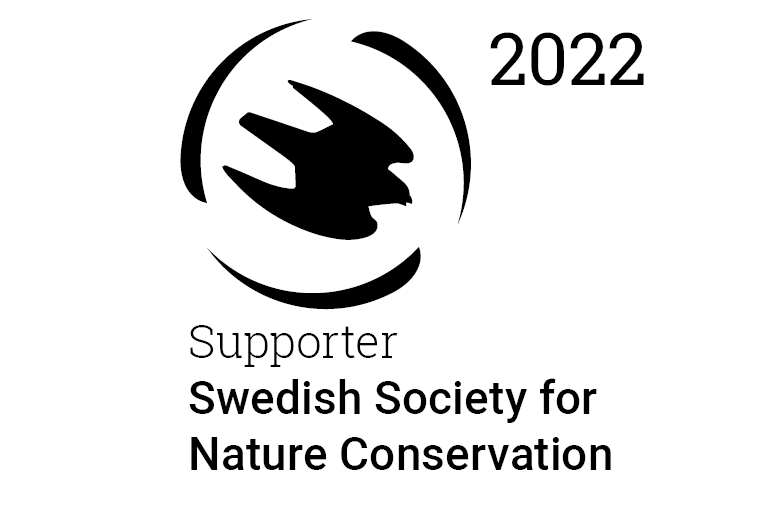USA Reach Regulation for Various Sectors
The Toxic Substances Control Act of 1976 provides EPA with authority to require reporting, record-keeping and testing requirements, and restrictions relating to chemical substances and/or mixtures. Certain substances are generally excluded from TSCA, including, among others, food, drugs, cosmetics and pesticides.
TSCA addresses the production, importation, use, and disposal of specific chemicals.
Key sections of TSCA and Action Required by Businesses:
- Under Section 5, pre-manufacture notification for "new chemical substances" before manufacture
- Under Section 4, testing of chemicals by manufacturers, importers, and processors where risks or exposures of concern are found
- Issue Significant New Use Rules (SNURs), under Section 5, when it identifies a "significant new use" that could result in exposures to, or releases of, a substance of concern.
- Notify to the TSCA Inventory, under Section 8, which contains more than 83,000 chemicals. As new chemicals are commercially manufactured or imported, they are placed on the list.
- Those importing or exporting chemicals, under Sections 12(b) and 13, require to comply with certification reporting and/or other requirements.
- Under Section 8, requiers reporting and record-keeping by persons who manufacture, import, process, and/or distribute chemical substances in commerce.
- Under Section 8(e), any person who manufactures (including imports), processes, or distributes in commerce a chemical substance or mixture and who obtains information which reasonably supports the conclusion that such substance or mixture presents a substantial risk of injury to health or the environment to immediately inform EPA, except where EPA has been adequately informed of such information. EPA screens all TSCA b§8(e) submissions as well as voluntary "For Your Information" (FYI) submissions. The latter are not required by law, but are submitted by industry and public interest groups for a variety of reasons.
Persistent Organic Pollutants (POPs), also referred to as “emerging contaminants”, include a range of chemical substances from diverse applications, ranging from medicines, personal care, household cleaning products, lawn care, agricultural products, among others.
The toxicity of POPs has been long investigated, and researchers found that these chemicals may have long-range mobility and long-lasting duration, leading to environmental contamination and pollution. POPs are often classified as Substance of Very High Concern (SVHC) with hormone disruption consequences, bioaccumulation and biomagnification through the food chain. The presence of POPs in the environment and in human health can lead to several complications, from mild effects to more serious consequences, for example, reproductive disruptions and immunological disorders.
Since POPs are not easily broken down, a characteristic that guarantees its continuation in the environment, the contaminant consequences are still being investigated. In other words, the emerging contaminants are mainly not from new pollutants that recently entered the environment. Instead, there is a good understanding of contaminants, but the consequences to their exposure are still being discovered.
Countries have created a set of rules and regulations to regulate, control, and mitigate POPs use and its effects on the environment and on human health. The essence of these legislations is to eliminate the production, trading, and use of such chemicals, including storage and waste management.
International effort in addressing POPs starts in the late 1990s. The initial protocol to address POPs was implemented in 1998, signing 16 chemicals to phase out according to previously established risk criteria. The Aarhus Protocol also impose parties to reduce their emissions below 1990 levels.
The Stockholm Convention is an international conference specifically for POPs proposed in May 2001 in Sweden (complementing the Aarhus Protocol), entering into force in 2004. Among the objectives, the Stockholm Convention aims to:
- Prohibit, eliminate, and restrict several POPs in the production, use, import, and export.
- Ensure that waste containing POPs is managed safely and in an environmentally sound manner.
- Promote tools for information exchange, public access, awareness and education, research, development and monitoring, reporting, and implementation of plans to fight POPs pollution.
The Stockholm Convention is considered the main international instrument to address POPs. Most countries adhere to the Stockholm Convention.
The United States has not yet ratified the Stockholm Convention. The main reason for the delay is that the United States does not have the authority to implement all the Convention’s provisions, and currently, the country participates as an observer in the meetings and working groups. Yet, the Stockholm Convention contributed to the development of similar frameworks across the United States; for example, the Environmental Protection Agency (EPA) reduced amounts of dioxins and furans sources and banned agrochemicals such as Dichlorodiphenyltrichloroethane (DDT).
Today, 12 chemicals listed in the Stockholm Convention original list cannot be registered and distributed in the United States – the implementation of amendments still have to be addressed.
The United States does not have a specific regulation addressing POPs. According to the Toxic Substances Control Act (TSCA), Chemicals must undergo the general registration steps to be marketable.


